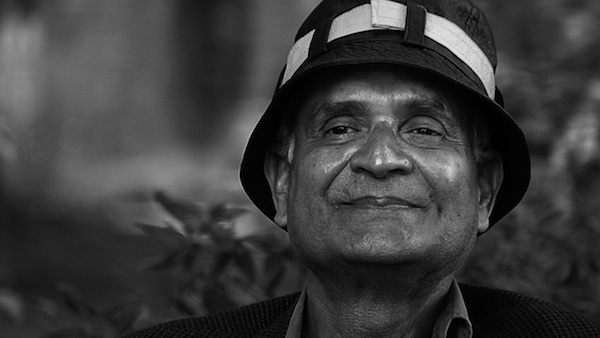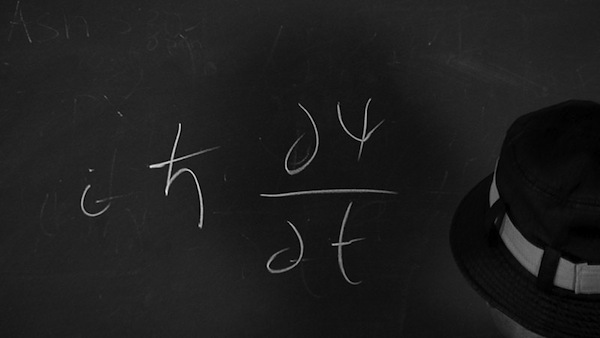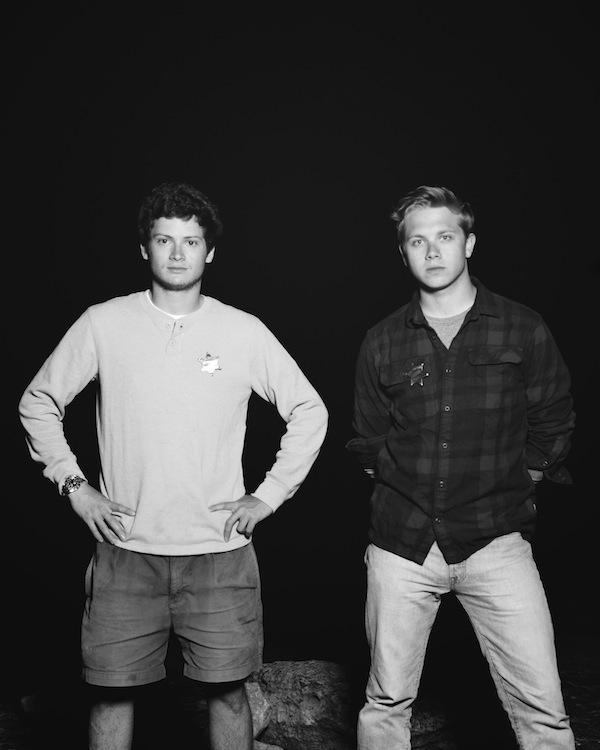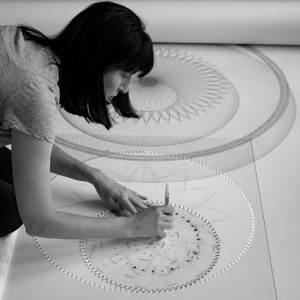Dr. AMIT GOSWAMI on Consciousness and Quantum Physics
AMIT GOSWAMI, Ph. D. is a professor of theoretical nuclear physics (retired) at the University of Oregon where he served since 1968. He is a pioneer of the new paradigm of science called “science within consciousness,” an idea he explicated in his seminal book, The Self-Aware Universe, where he also solved the quantum measurement problem elucidating the famous observer effect. Amit has written several other popular books based on his research on quantum physics and consciousness. Challenging us to utilize the transformative power of quantum physics to change ourselves and our social institutions, he guides us into a solution space of the new quantum science based on the primacy of consciousness to broach problems stemming from materialism, such as economic meltdowns, terrorism, and global warming.
His most recent offering, Quantum Creativity: Think Quantum, Be Creative was published in March 2014.
To discover more of Dr. Goswami’s fascinating theories visit: www.amitgoswami.org
To watch The Quantum Activist- a documentary about his life & work, please click HERE
Interview by Will Kitson
Let’s start at the beginning. Tell us about your childhood. How, and why, did you first become interested in physics?
I became interested in science at age 14; I was curious. The interest in physics was revealed in a sudden unexpected way. My mother wanted me to be a medical doctor. I got admission, even a scholarship, but at the last moment the thought of dissecting cadavers just did not appeal. A very good college was situated right beside the medical college with the best physics program there was. I went there; it was kind of late for applying. But somehow it all worked out including a scholarship. There was no looking back after that.
Your research over the past 30-40 years has been, largely, a breakaway from conventional and mainstream science. Was there a particular moment or revelation that triggered this?
Yes, there was a breakthrough moment. I was at a conference to present my nuclear physics research. But I was satisfied with my presentation and started feeling jealousy at the presentations of other speakers. During the day and through the evening (at a party) the feeling of jealousy continued, even intensified. At 1 am in the morning, I got disgusted with myself, and went out of the party. Outside there was the ocean and the ocean air hit my face. The thought came uninvited and unexpected, ”Why do I live this way?” And a conviction came: I don’t have to live this way when my work and life are totally out of synchrony; I can and must integrate.
Much of your research explores the question of consciousness using quantum mechanical models. Tell us about the connection between these two fields.
People had been making the connection between consciousness and quantum physics for some time when I entered the field in the late seventies. But the early attempts were bogged down in paradoxes. Needless to mention, scientific materialism gives us also the paradox of quantum measurement—how in the presence of an observer quantum possibility waves become particles of actuality. The solution that I discovered in 1985 was that all paradoxes can be resolved if we posit that consciousness is the ground of all being and matter consists of possibilities of consciousness itself. Conscious choice has the causal power (downward causation) that changes possibility into actuality.
You’ve said before that you reached a point in your life where you wanted to explore a type of physics that would bring you happiness and have a bearing on the lives of individual selves. Tell us more about this.
Well, the ultimate test of any knowledge system that we build with our consciousness and mind must be its usefulness to us. If we are shortsighted, we restrict this usefulness to technology, economy, etc. But materiality is only a small part of what we want and need. We also need meaning in our life, values to live by and find satisfaction, and ultimately we want happiness. So even physics ultimately must bring us meaning, values, and satisfaction and happiness. I used to call it happy physics. Today I engage in quantum physics reformulated as a physics of happiness indeed.
You’ve also explored alternative practices including meditation and yoga. How have these benefited you, personally and in your research?
Well, my own discoveries have clarified how meditation and yoga help scientific creativity, all creativity, by slowing us down. The creative process, as I humorously say, is do-be-do-be-do; only then sudden insight, the aha!
At Seymour we believe that creative expression is an important means of self-discovery and progression. How does creativity fit into your own ideas about the self?
I totally agree with Seymour. Manifesting a creative aha! into a discernible product which may be “a new you” requires a dance between our ego and deeper self which I call the quantum self. In my spiritual practice, I have tasted the quantum self and the love you become when you are in it.
Tell us about a challenge or fear you’ve overcome in your life.
The biggest fear was about surrendering to God. But my relationship with my wife demands it and after much struggle, I am doing it.
If the universe inside you were to be contained in just one symbol, what would that symbol be?
It would be just blank space!
W.K. 2014
Published: June 10th, 2014






